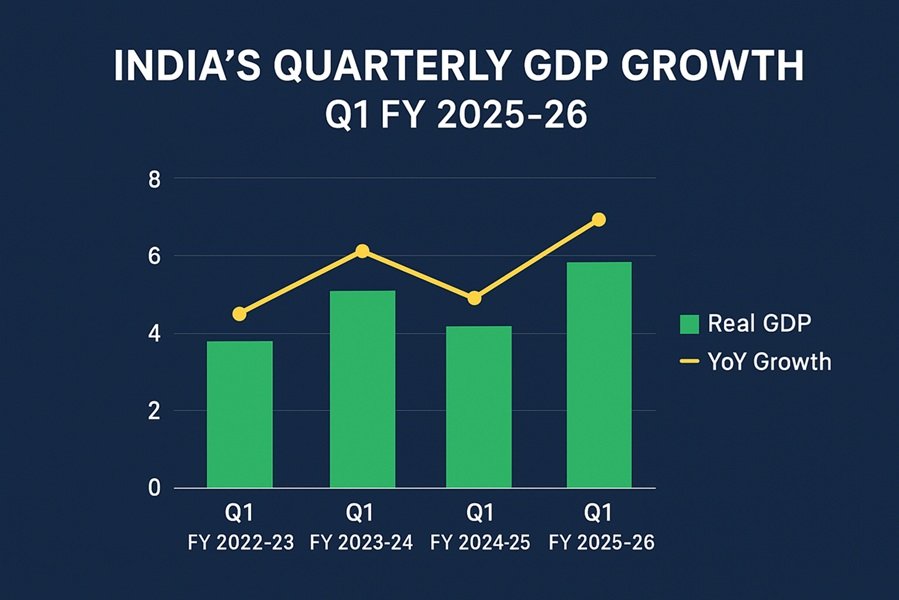
A Fixed Income Mutual Fund is a type of mutual fund that primarily invests in debt securities such as government bonds, corporate bonds, treasury bills, and other fixed-income instruments. These funds are designed to provide investors with regular income and lower risk compared to equity funds, making them suitable for conservative investors, retirees, or those seeking capital preservation.
How Fixed Income Mutual Funds Work
Fixed income mutual funds pool money from multiple investors to buy a diversified portfolio of debt instruments. Fund managers actively manage these investments to generate returns in the form of interest income and capital appreciation while maintaining a relatively stable net asset value (NAV).
Key Features of Fixed Income Mutual Funds:
- Regular Income: These funds generate periodic interest payments from the underlying bonds.
- Lower Risk: Fixed income securities are generally less volatile than equities, reducing overall investment risk.
- Professional Management: Fund managers strategically invest in debt instruments to optimize returns and manage risks.
- Liquidity: Unlike direct bond investments, fixed income mutual funds offer better liquidity as investors can redeem their units anytime.
- Diversification: Investing in a mix of fixed income securities spreads risk across different issuers and maturities.
Types of Fixed Income Mutual Funds
Fixed income mutual funds come in various forms, catering to different risk profiles and investment objectives:
1. Government Bond Funds
- Invest primarily in government-issued securities like Treasury bonds and bills.
- Low credit risk but sensitive to interest rate changes.
2. Corporate Bond Funds
- Invest in bonds issued by corporations, offering higher yields than government bonds.
- Risk depends on the credit rating of the issuing company.
3. Money Market Funds
- Invest in short-term debt instruments like commercial papers, certificates of deposit, and treasury bills.
- Very low risk with modest returns, ideal for capital preservation.
4. Municipal Bond Funds
- Invest in bonds issued by state and local governments.
- Often provide tax-free income benefits.
5. High-Yield Bond Funds (Junk Bond Funds)
- Invest in lower-rated bonds with higher yields.
- Higher risk compared to other fixed income funds.
6. Floating Rate Bond Funds
- Invest in bonds with variable interest rates that adjust with market fluctuations.
- Offer protection against rising interest rates.
Benefits of Investing in Fixed Income Mutual Funds
- Steady Income Stream: Suitable for retirees or conservative investors seeking periodic income.
- Capital Preservation: Less volatile compared to equity funds, making them a safer investment option.
- Diversification: Reduces exposure to a single issuer’s risk by investing in multiple securities.
- Professional Management: Fund managers analyze market conditions and adjust holdings accordingly.
- Tax Efficiency: Some fixed income funds offer tax-free returns (e.g., municipal bond funds).
Risks Associated with Fixed Income Mutual Funds
While fixed income mutual funds are considered lower risk, they are not entirely risk-free. Some key risks include:
- Interest Rate Risk: Bond prices move inversely to interest rates; when rates rise, bond prices fall.
- Credit Risk: If a bond issuer defaults, the fund’s value can decline.
- Inflation Risk: Fixed income returns may not keep pace with inflation, reducing purchasing power.
- Liquidity Risk: Some bonds may be difficult to sell quickly without a loss.
- Market Risk: Economic downturns can impact bond yields and returns.
Who Should Invest in Fixed Income Mutual Funds?
Fixed income mutual funds are suitable for:
- Retirees looking for a steady income source.
- Conservative investors who prefer lower risk and stable returns.
- Investors diversifying their portfolio to balance equity exposure.
- Individuals seeking short-term investment options with high liquidity (e.g., money market funds).
Conclusion
Fixed income mutual funds are a reliable investment choice for those seeking consistent income, capital preservation, and reduced risk. With various types available, investors can choose a fund that aligns with their financial goals and risk tolerance. However, it is essential to consider interest rate movements, credit risk, and inflation before investing. Proper research and diversification can help maximize returns while managing potential downsides.







